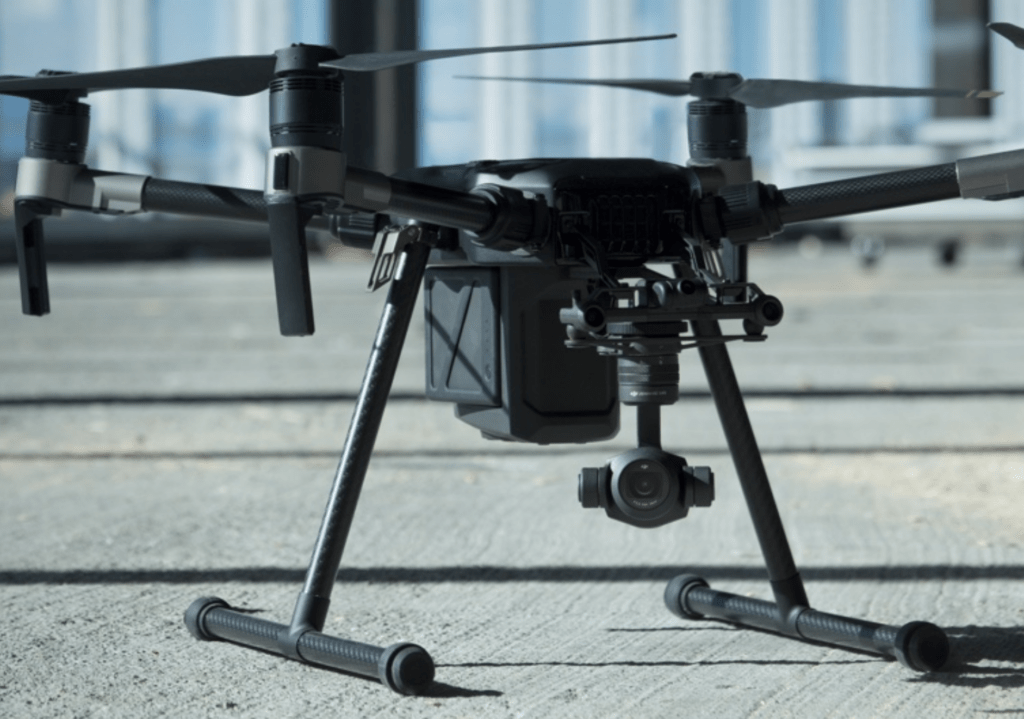If you fly a DJI Matrice 200 or Inspire 2, it’s probably come to your attention during the past two weeks that both drones’ batteries have been compromised. DJI and the UK’s Civil Aviation Authority have issued safety warnings, indicating that in some cases the commercial models have been falling out of the sky.
The problem has been traced back to a third-party battery supplier that DJI has identified.
The CAA has since required that UK flights involving the Inspire 2 and the Matrice 200 be subject to a number of restrictions, which you can read about here.
What’s the latest?
The CAA has promised to regularly update the status of its safety notice, to keep pilots informed of the progress of DJI’s investigation into the issue, and change the limitations accordingly.
This week, DJI joined a webinar with ARPAS, the UK Association of Remotely Piloted Aircraft Systems, to discuss the battery issues in more detail.
So what did we learn?
First, DJI have identified the problem with the battery chip. They are also putting measures in place to resolve the problem with their supplier.
Second, and as we knew already, the DJI team is working closely with the CAA to make sure the safety notices are lifted as soon as possible.
DJI also confirmed that, as of yet, there have been no accidents involving the Inspire 2. We knew already that the move to include the Inspire 2 in the original notice was precautionary. The drone operates with TB50 batteries, which share similar power management firmware to the problematic TB55 variation.
DJI has stressed that as well as adhering to the rules and safety notices of the relevant aviation authority, pilots should read the battery voltage through the DJI app and monitor the battery levels that way. Pilots need to ensure their battery voltage stays above 3.7V. If your battery drops below 3.7V then it’s important that you land your drone immediately.
Flying an Inspire 2 or Matrice 200 in the UK: The Latest Update from the CAA
In a statement and updated safety notice released today, the CAA outlined progress on their conversations with DJI and updated the measure required by pilots of the affected drones.
While a number of the previous suspensions relating to operational authorisations remain in place, those relating to operations within congested areas and EVLOS flights have now been lifted.
“Over the past two weeks, we have been working closely with DJI, having update calls with them every 48 hours and a face to face meeting earlier this week. During these meetings, DJI confirmed they are working on a firmware update to mitigate the TB50 and TB55 issue and hope to have this published in a number of weeks,” said the statement.
“In the meantime we have asked DJI to confirm to us in writing that the current voltage management advice will mitigate the issue. DJI confirmed this today and so after an internal risk assessment, we have decided to remove some of the current Safety Notice restrictions and publish a new Safety Notice.”
“We would like to thank all the operators who have continued to report any issues to us and finally, please can we ask all operators who contact us to speak to staff respectfully, we do understand the inconvenience these notices have caused and will always try to bring the matter to resolution as quickly as possible.”
So good news for UK pilots: The previous suspension of permissions and/or exemptions involving operations over or within 150 metres of a congested area (e.g. as stated within a Standard Permission), or when employing Extended Visual Line of Sight techniques, are now lifted.
But there are still restrictions in place, which you can read about here in more detail.
So what happens next?
DJI and the CAA are hoping that by the end of next week there will be a workaround. Although that’s not the same thing as a final resolution. We understand that DJI are still waiting on the chip manufacturer to provide a full fix for the issue.
In the meantime, DJI is updating its Pilot application to show Inspire 2 and Matrice 200 pilots the voltage more clearly on the display screen.
DJI has also confirmed that the final solution will be firmware-based, and won’t require pilots to throw out old batteries and replace them with new ones. No recall is expected.
Phew.
Malek Murison is a freelance writer and editor with a passion for tech trends and innovation. He handles product reviews, major releases and keeps an eye on the enthusiast market for DroneLife.
Email Malek
Twitter:@malekmurison
Subscribe to DroneLife here.
